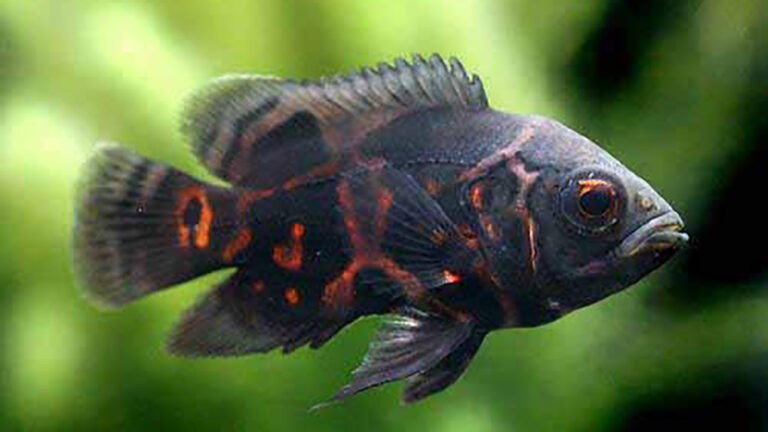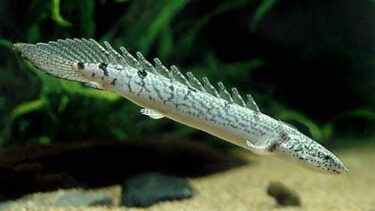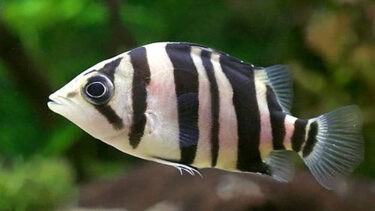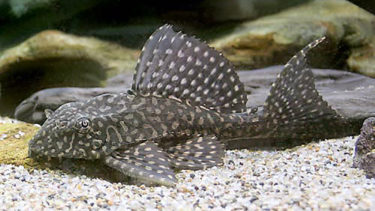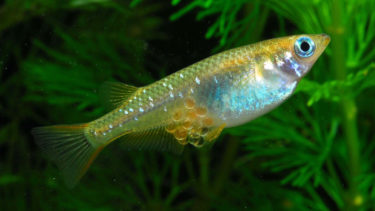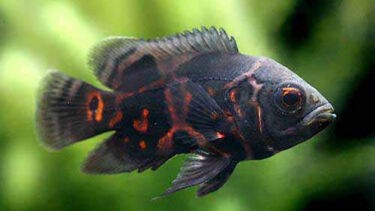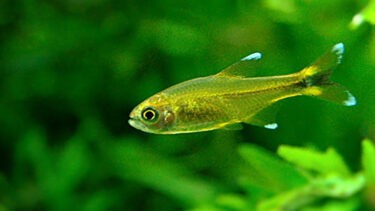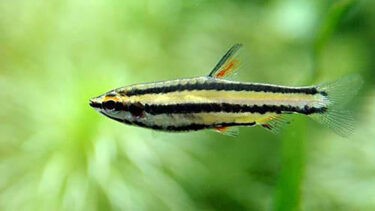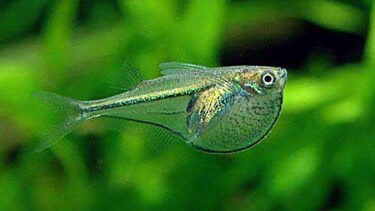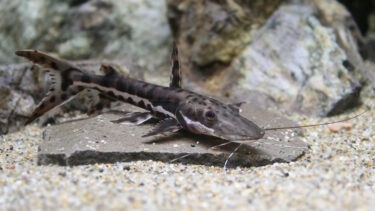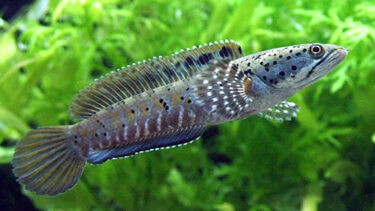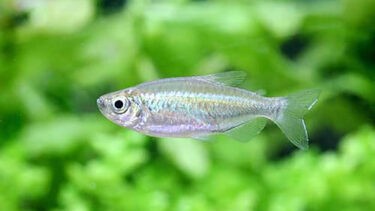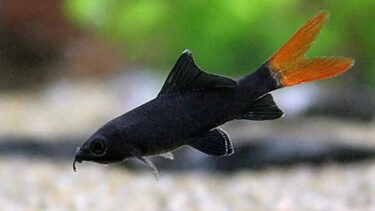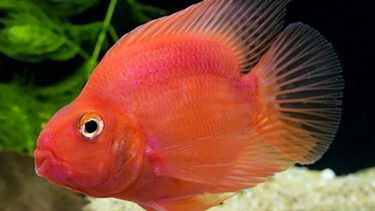Oscar is a tropical fish belonging to the family Cichlidae (sea bass) and genus Astronotus, and is native to Colombia, Venezuela, and Brazil in South America. In this article, I would like to explain in detail the characteristics of the oscines and how to keep them.
What is Oscar?
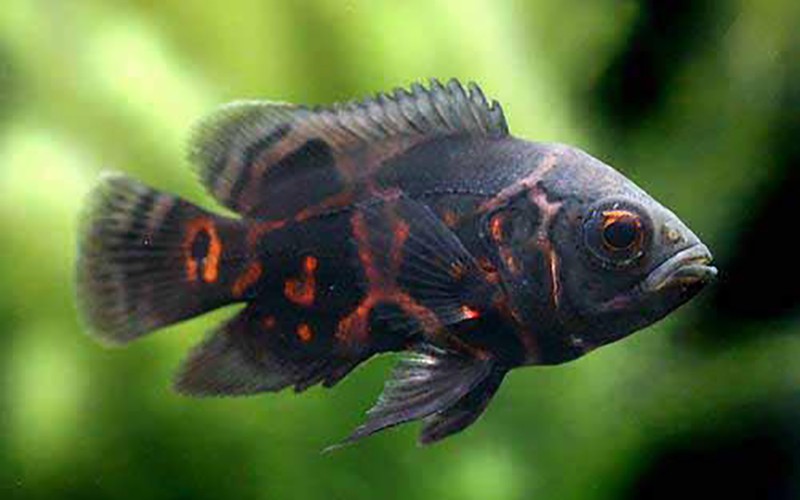
Oscar is a tropical fish in the family Astronotidae, the cichlids (cichlids, river sparrows). The Oscar originates from a wide area of South America, including Colombia, Venezuela, and Brazil.The body color of the oskar is based on black, with a bright red eyeball-like pattern bordering the base of the tail and dorsal fins. This pattern is a wise way to protect the head from birds, piranhas, and other enemies that attack the eyes (head) in the wild. The dorsal, caudal, and anal fins of an oscar are adjacent to each other without any space between them. This is seen as a fan shape when viewed from a distance. The fan shape makes it difficult for them to move at high speed through the water, but instead allows them to swim through intricate areas such as driftwood and rocks with fine movements. Oscar is also known as "Astronotus," and some specialty stores use the name Astronotus.
When you go to a specialty store to look at tropical fish, you may be surprised at the large number of species available. The prices are different, as are the sizes and appearances, so it is difficult to know what to choose based on. In this article, I would like to explain in detail about the different types of tropical fish. Classification of tropical fish Ca[...]
The redtail catfish is a tropical fish of the catfish order Pimelodus, family Pimelodidae, genus Plactocephalus, native to the Amazon and Orinoco river basins in South America, with a white belly and black back, and red tail and dorsal fins. In this issue, we will discuss the co[...]...
Polypterus is a tropical fish of the family Polypteridae of the order Polypteridae and is native to the Congo River, which flows through the Republic of Congo in Central Africa. In this article, we will introduce you to the Polypterus [...].
The Datnioides is a tropical fish of the family Datnioideae, family Datnioideae, and genus Datnioidea, which is native to the Indonesian islands of Borneo, Sumatra, and Bangka in Southeast Asia. In this article, we will discuss the special characteristics of the Datnioides [...].
How to keep Oscar
Oscar will be an easy breed to keep. The lifespan of an Oscar will be approximately 5-15 years. Their body size is approximately 30-40 cm. However, both lifespan and body size vary depending on the environment in which they are kept and the food they are fed. They prefer slightly acidic to neutral water, especially preferring a pH of 6.5 to 8.0. Oscar is classified as a tropical fish, so if you keep it in Japan, it will need a heater in winter.
A heater is a device that maintains a constant water temperature. If you go to a specialty store that carries heaters, you will find a wide variety of types. Some people may be at a loss as to which one to choose. In this article, we would like to explain about such heaters [...]
Points to keep in mind when mixing swimmers
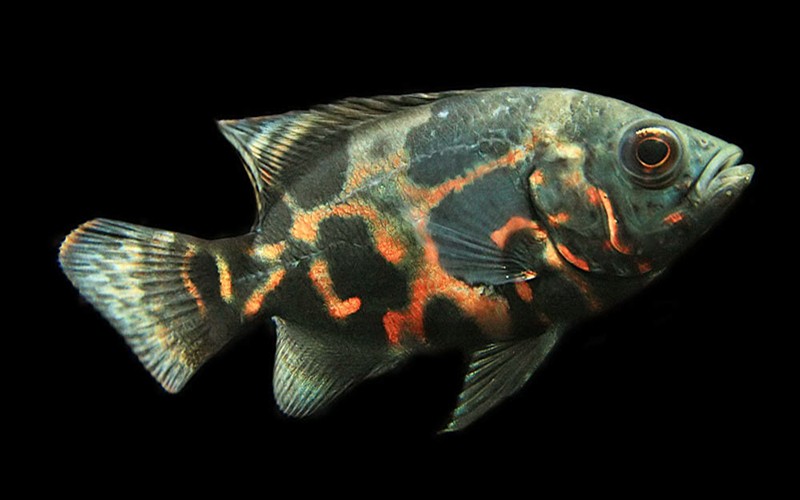
Regarding mixed swimming, first of all, Oscar's character is aggressive. They are one of the most aggressive and omnivorous of the cichlid family, so if you mix them with individuals smaller than Oscar or of the same size, they are likely to be preyed upon. For this reason, most people keep Oscar alone when keeping him.If you really want to mix swimming with Oscars, it is possible to do so as long as they are of different species that swim in different areas, such as plecos. However, even if you are able to mix well, you should always be careful because you never know when they may fight.
The pleco is a tropical fish of the catfish order Loricariidae, family Pecoltia, native to the Amazon and Orinoco river basins in South America. It has hard, rough scales like armor and a sucker-like mouth that can stick to rocks and walls. In this article, we will discuss the characteristics of the pleco and its keeping [...].
Points about spawning
Many people who keep Oscars want to breed them. Oscar will be a species that will breed naturally if you have a well-matured male and female in your collection. The way to distinguish between male and female Oscars is that males have more flamboyant patterns and coloration. Males also tend to be larger in body size. Females, on the contrary, are more subdued. Once you have confirmed that both males and females are in the aquarium, you can set up the environment. Oscars lay their eggs on rocks and driftwood, so we recommend adding driftwood.If there was no driftwood, etc. in the tank, they may lay their eggs on the glass surface at the bottom of the tank if the tank (bare tank) is not filled with gravel, etc. Oscar lays about 200 to 400 eggs per spawn. Newly laid eggs are white in color and turn yellow over time. The hatched fry can be raised without problems by feeding them brine shrimp. When breeding Oscar, please be careful not to release the fry into the river because they are too large to raise after hatching. Worldwide, released fish are reproducing and becoming a threat to native species, destroying ecosystems because of humans. If you decide that you cannot raise them, please throw them away.
Many people who keep killifish want them to spawn. However, not many people know about spawning and what they need to do to prepare for it. This time, we would like to explain the method of spawning and the points to be noted [...].
If you have kept goldfish for a long time, you may want to try to breed them. However, if goldfish spawning is not done with care, there is a high possibility that the goldfish will weaken. In this article, I would like to explain in detail the method and precautions for spawning. The time of spawningThe time of spawning of goldfish is [...]
What to keep in mind when keeping Oscar
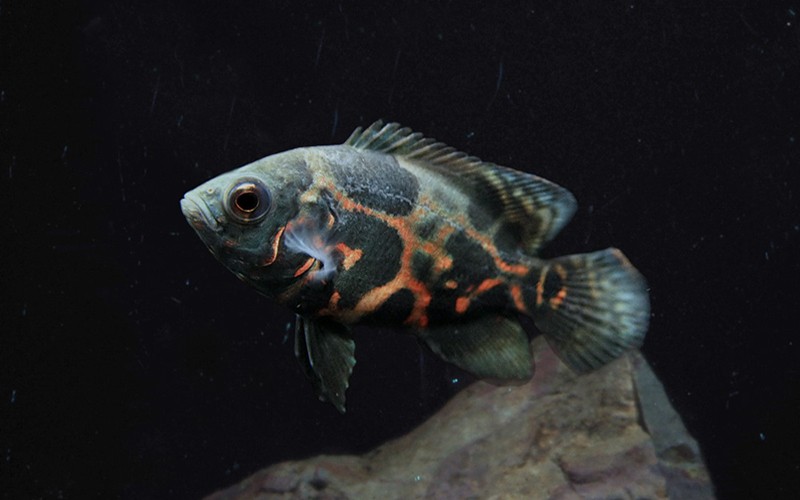
The Oscar has long been a popular breed because it is easy to keep. However, many people give them up soon after starting to breed them because of their large size and aggressiveness. Oscar is an omnivore, which means that he is not picky about what he eats. Some Oscar breeders intentionally feed them live food because they like the predatory nature of Oscars. However, it should be noted that when feeding live bait, a separate aquarium for keeping live bait must be prepared.Oscar has been a popular variety for a long time, and if you are interested in it, I recommend that you take a look at it at a specialty store.

